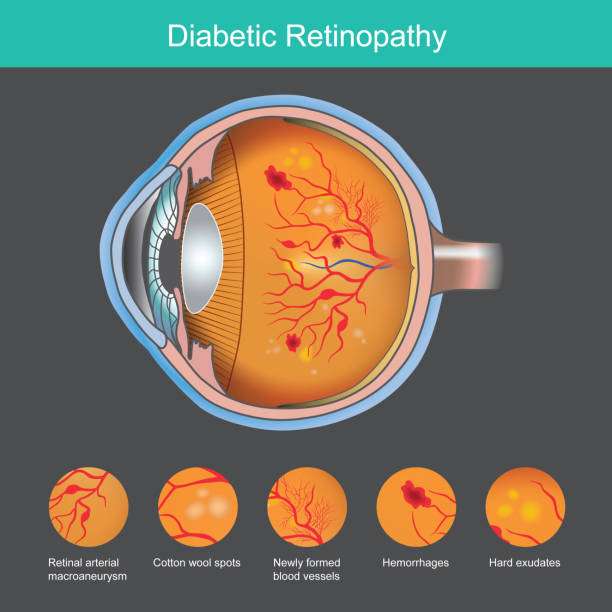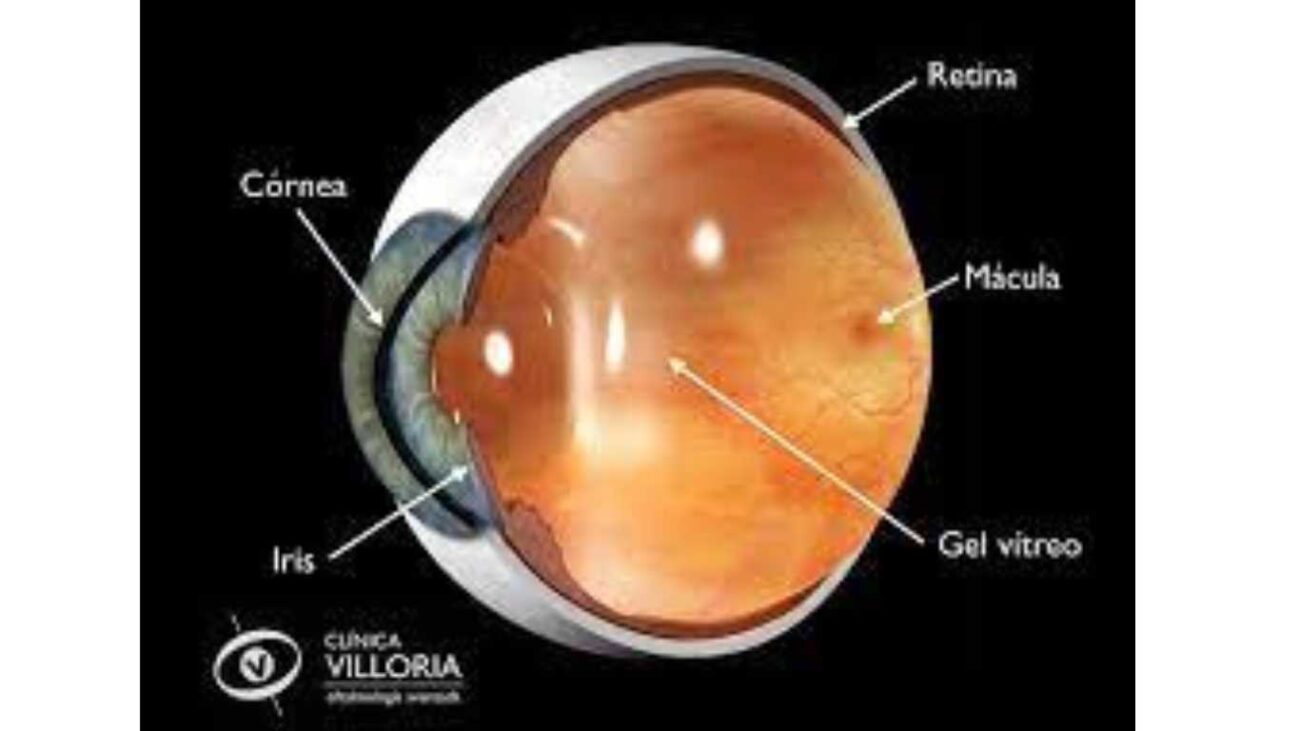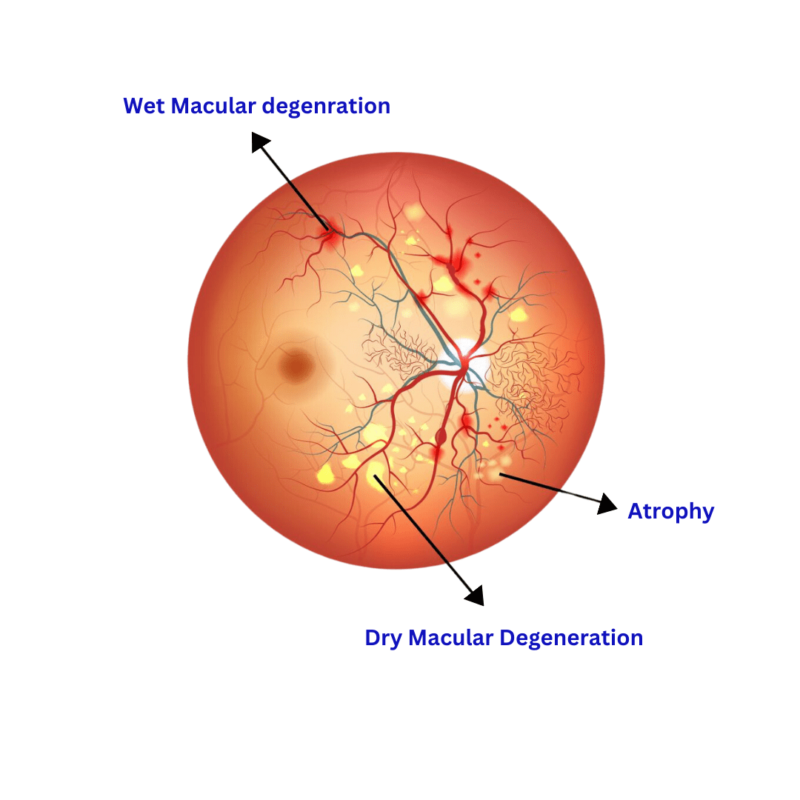The human eye is a marvelous organ, responsible for capturing the beauty of the world around us. At the core of our visual system lies the retina, a delicate tissue that plays a crucial role in converting light into meaningful signals that our brain can interpret. However, certain retinal diseases can impair its function, leading to vision loss and a diminished quality of life for affected individuals. In recent years, medical advancements have given rise to a potential solution: retina transplant. In this article, we will delve into the intricacies of this innovative procedure, exploring its benefits, limitations, and the future it holds.
Understanding Retina Transplant:
What is the retina?
Before we delve into the world of retina transplant, it is essential to comprehend the significance of the retina itself. The retina is a thin layer of tissue located at the back of the eye. Composed of specialized cells called photoreceptors, it captures incoming light and converts it into electrical signals that the optic nerve then transmits to the brain.
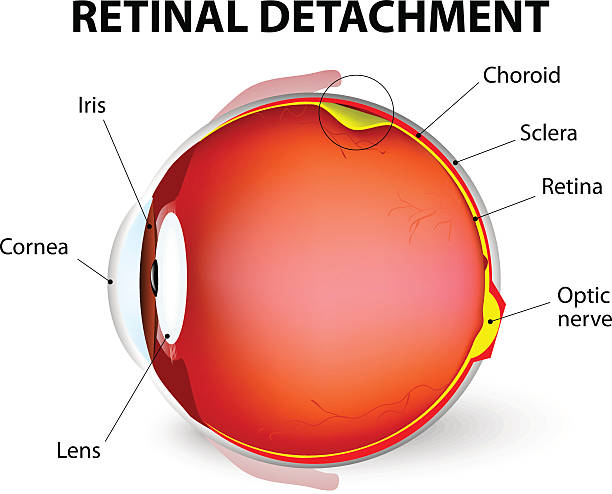
Why is the retina important?
The retina is the crucial link in the visual process. It is responsible for translating light into meaningful images that our brain can interpret. Damage or disease to the retina disrupts this intricate process, leading to vision impairment or even complete blindness.
What is a retina transplant?
Retina transplant, also known as retinal transplantation, aims to restore vision in individuals with damaged or degenerated retinas through a surgical procedure. In this procedure, surgeons transplant healthy retinal tissue or cells into the eye, with the goal of replacing or repairing the damaged part of the patient’s own retina.
Retina Transplant Procedure:
Successful retina transplantation requires meticulous planning, skilled surgeons, and a comprehensive approach to patient care. The procedure breaks down into several stages, each of which plays a crucial role in ensuring the best possible outcome.
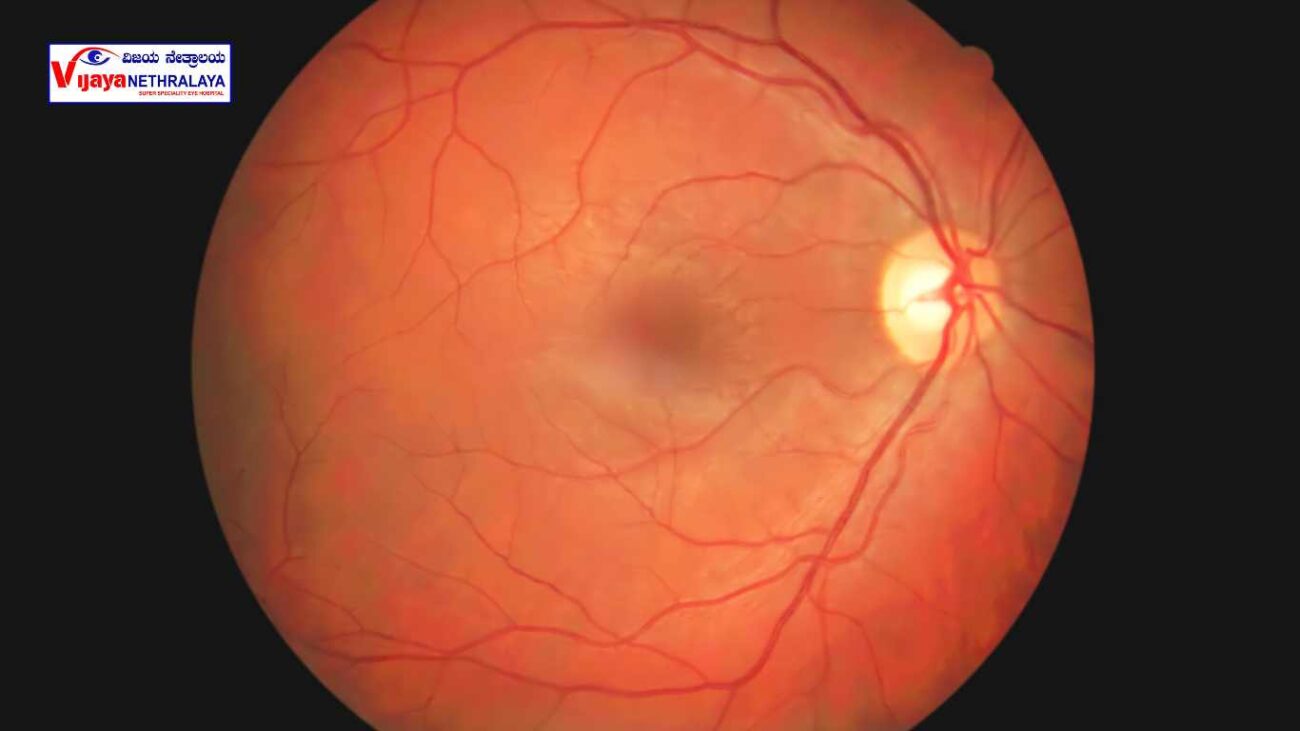
Patient evaluation and selection:
The first step in a retina transplant journey is patient evaluation. This involves a series of tests and assessments to determine the underlying cause of the vision loss and assess the patient’s suitability for the procedure. To identify suitable candidates, factors such as the extent of retinal damage, overall eye health, and the presence of any underlying conditions are carefully taken into consideration.
Pre-operative preparations:
Preoperative preparations begin once a patient is deemed eligible for a retina transplant. These may include additional diagnostic tests, consultations with specialists, and discussions regarding the procedure’s potential risks, benefits, and expectations. Pre-operative preparations also involve providing the patient with detailed instructions on how to prepare for the surgery. This may include recommendations to discontinue certain medications, fasting guidelines, and ensuring overall physical well-being before entering the operating room.
Surgical process:
When the day of the surgery arrives, the medical team accompanies the patient into the operating room, where a group of skilled surgeons and medical professionals carry out the retina transplant procedure. To ensure the patient’s comfort throughout the surgery, the procedure typically commences with the administration of anesthesia. This step aims to alleviate any potential pain or discomfort the patient might experience during the surgical process.
The surgical process involves carefully accessing the damaged retina and removing any scar tissue or diseased cells. Healthy retinal tissue or cells, often obtained from donors or generated through innovative techniques like stem cell therapy, are then transplanted onto the affected area. Precise sutures and delicate handling of the retina are crucial to ensure proper integration and healing.
Post-operative care:
Following the surgery, the patient enters the crucial phase of post-operative care. This period involves close monitoring by medical professionals to assess the success of the transplant and ensure the patient’s well-being. Medications, including anti-inflammatory drugs and antibiotics, may be prescribed to prevent infection and support healing.
Use your left or right arrow keys or drag and drop with the mouse to change the gradient position. Press the button to change the color or remove the control point.
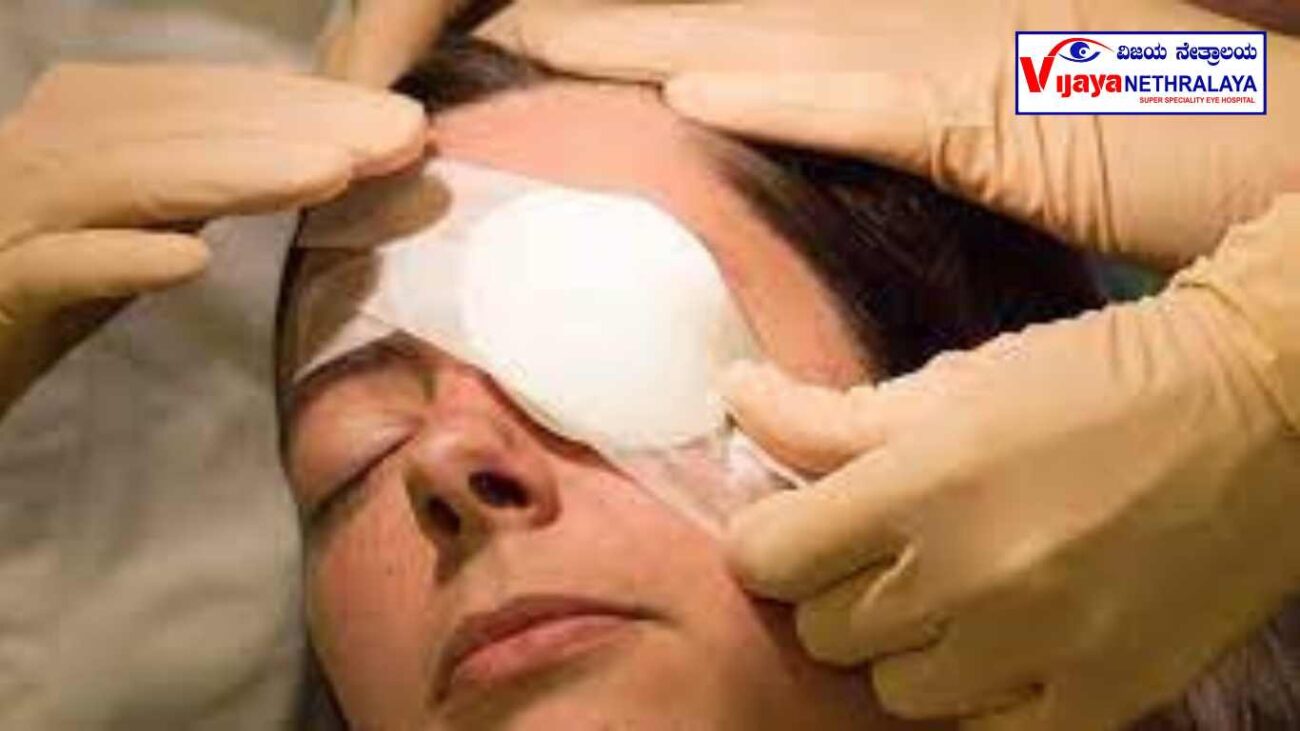
Benefits and Limitations of Retina Transplant:
Retina transplant holds significant potential for restoring vision in individuals with retinal diseases. Understanding the benefits and limitations of the procedure is crucial for patients considering this option.
Restoring vision:
One of the primary benefits of retina transplant is the possibility of restoring or improving vision in individuals with retinal diseases. By replacing damaged or degenerated retinal tissue with healthy cells, the procedure aims to enhance visual acuity, improve color perception, and potentially restore lost visual fields. Moreover, the transplantation of healthy retinal tissue offers a renewed opportunity for individuals to regain visual functionality and experience the world with greater clarity and vibrancy.
Success rates and potential complications of Retina Transplant :
While retina transplant shows promise, it is essential to acknowledge that the procedure is still in the realm of ongoing research and development. Success rates can vary depending on several factors, including the underlying condition, the extent of retinal damage, and the patient’s overall health.
As with any surgical procedure, retina transplant carries potential risks and complications. These may include infection, inflammation, retinal detachment, and rejection of the transplanted tissue. Thorough patient evaluation, meticulous surgical techniques, and close post-operative care are vital in mitigating these risks.
Considerations for candidacy:
Not all individuals with retinal diseases may be suitable candidates for retina transplant. Factors such as the severity of retinal damage, the presence of underlying conditions, and the overall health of the eye must be carefully assessed before determining eligibility. Each case requires individual evaluation and consideration by a team of experienced specialists.
Current Research and Advancements:
The field of retina transplant is constantly evolving, driven by ongoing research and technological advancements. Several innovative approaches are being explored to further enhance the success rates and outcomes of this procedure.
Stem cell therapy:
Stem cell therapy holds tremendous potential in the realm of retina transplant. By utilizing specialized cells that can differentiate into retinal tissue, researchers aim to generate a sustainable source of healthy cells for transplantation. This groundbreaking approach offers the possibility of personalized treatment options and increased success rates.
Artificial retinas:
In addition to transplanting healthy retinal tissue, scientists are also investigating the development of artificial retinas or retinal prostheses. These devices aim to bypass the damaged retinal cells by directly stimulating the optic nerve, allowing individuals with retinal diseases to perceive light and shapes. Ongoing advancements in this field hold promise for individuals who may not.
Author details: Dr. Sherina Thomas ( MD, MRCS Edin, FVRS )
Dr. Sherina Thomas is a renowned ophthalmologist specializing in medical retinal diseases. With expertise in conditions like Diabetic Retinopathy and Age-related Macular Degeneration, she is dedicated to restoring and preserving vision. Trained in both medical retina and Vitreo Retinal surgery, Dr. Thomas excels in managing complex cases, including retinal detachments and macular disorders. With advanced diagnostic skills and qualifications like MRCS Edin and FVRS, she delivers comprehensive care to her patients. Dr. Thomas’s research contributions and commitment to excellence have established her as a respected authority in the field.

Conclusion
Retina transplant represents a significant stride in the field of ophthalmology, offering hope to individuals with retinal diseases. By replacing damaged or degenerated retinal tissue with healthy cells, this surgical procedure aims to restore or improve vision, ultimately enhancing the quality of life for patients.While retina transplant shows promise, it is important to note that the procedure is still in the realm of ongoing research and development. Success rates, potential complications, and patient selection are crucial factors that need careful consideration. Thorough evaluation, meticulous surgical techniques, and close post-operative care are vital in ensuring the best possible outcomes.
FAQs
- Can anyone undergo a retina transplant?
- Retina transplant candidacy depends on various factors such as the severity of retinal damage, overall eye health, and underlying conditions. Each case requires thorough evaluation by a team of specialists to determine suitability.
- Are there any risks involved in the procedure?
- Like any surgical procedure, retina transplant carries potential risks, including infection, inflammation, retinal detachment, and tissue rejection. Meticulous surgical techniques and post-operative care help mitigate these risks.
- How long does it take to recover from a retina transplant?
- The recovery period can vary depending on individual factors and the extent of the procedure. It may take several weeks to months to achieve optimal visual outcomes, with regular follow-up visits to monitor progress.
- Can a retina transplant completely restore vision?
- While retina transplant aims to restore or improve vision, the extent of visual recovery can vary. Success rates depend on various factors, and complete restoration of vision may not always be possible.

